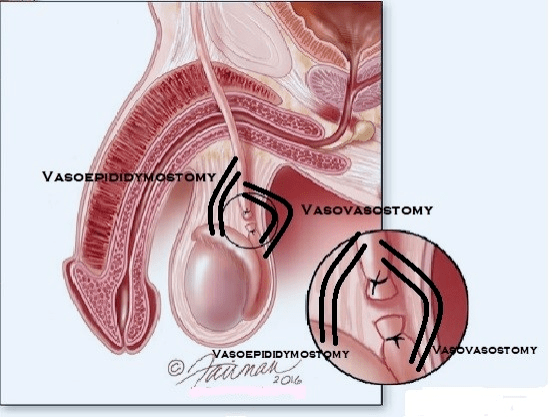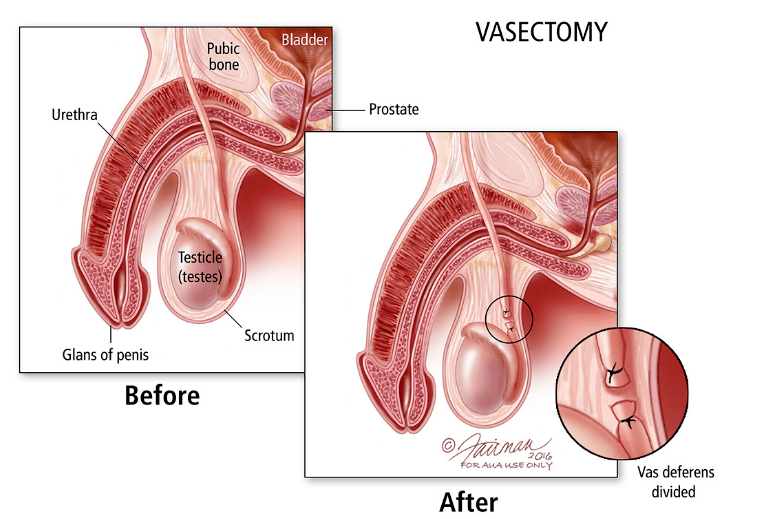It is important to choose an experienced surgeon with fellowship training when considering a vasectomy reversal. A vasectomy reversal is a complex and delicate procedure that requires the expertise of a highly skilled surgeon. An experienced surgeon with fellowship training will have the knowledge, skills, and experience necessary to achieve the best possible outcome for the patient.
Alternatives to vasectomy reversal
Testicular sperm extraction (TESE) is a procedure that can be performed in conjunction with a vasectomy reversal, which is usually encouraged as an insurance to possible failure of the vasectomy reversal, or can be done separately. TESE is used to extract sperm directly from the testes when a man has a low sperm count or no sperm in the semen [link to low sperm TESE]. The main benefit of TESE is that it allows the couple to bypass the need for sperm to repopulate in the ejaculate after a vasectomy reversal, and can be the quickest way for a man with a history of a vasectomy to have a child. This is especially useful if the partner has advanced maternal age or another need to undergo in-vitro fertilization (IVF), where months may make a difference in fertility options on the female side. Also, there is no need to repeat a vasectomy in the future. The primary disadvantage however, is that the ONLY option with testicular sperm is IVF, which can be expensive and can have side effects and complications for the partner. There are also inherent risks of TESE, including decreases in testosterone, but these are rare and can be addressed if they occur afterwards.
Different surgical approaches
There are two main surgical approaches to vasectomy reversal: microsurgical vasovasostomy and microsurgical vasoepididymostomy. Microsurgical vasovasostomy is the most common surgical approach and is used when the vas deferens (the tubes that carry sperm from the testes to the urethra) are still intact as it represents the best chance of success.

Microsurgical vasoepididymostomy is used when the testicular side of the vas deferens has been scarred to the point where there is no usable part of the vas deferens to reconnect to. This is more likely to happen the longer a patient has been since vasectomy, though this is highly variable and can happen even shortly after vasectomy. Usually, after 14 years from vasectomy, it becomes increasingly unlikely that there is any vas to attach to, and more likely to need a vasoepididymostomy. If this is the case, then the surgeon connects to the epididymis, where sperm is stored prior to exit by the vas.
In either case, it is important to go to a Urologist that has specific training in microsurgical techniques that are necessary to ensure optimal outcomes.
Dr. Patel has had fellowship training in microsurgery, and has been performing all manner of specialized infertility procedures in Central Florida for over a decade. Cost of vasectomy reversal is $5000, with joint vasectomy reversal and TESE to be $5500.
For more information, please follow the link: Vasectomy Reversal: Treatment & Information - Urology Care Foundation (urologyhealth.org)









